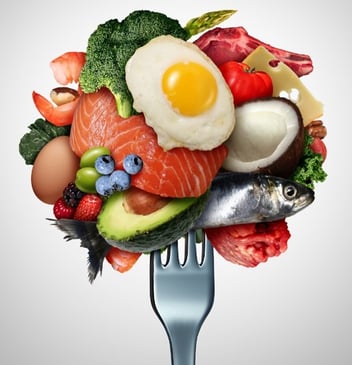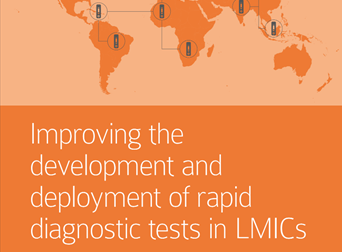Hunger
Challenges grow in fight to curb hunger and malnutrition
After remaining relatively unchanged since 2015, the prevalence of global undernourishment jumped from 8% in 2019 to 9.8% in 2021, according to the 2022 edition of “The State of Food Security and Nutrition in the World” report, published by leading global health organisations.1

Almost 3.1 billion people could not afford a healthy diet in 2020, 112 million more people than in 2019. This increase was most pronounced in Asia, where 78 million more people were unable to afford a healthy diet in 2020, followed by Africa (25 million more people).2
Hunger and malnutrition have many causes, among them water and climate concerns, and misguided government policies. Another is global conflict, including that between Russia and Ukraine following the former’s invasion of Ukraine in February 2022.3
The Russian Federation and Ukraine are among the most important producers of agricultural commodities in the world. Before the current crisis, the two countries together supplied 30% and 20% of global wheat and maize exports, respectively. They also accounted for close to 80% of global exports of sunflower seed products. Furthermore, the Russian Federation is a world leading exporter of nitrogen, potassium and phosphorous fertilizers, whose prices have been increasing since late 2020 because of rising energy prices as well as rising transportation costs in the wake of the COVID-19 pandemic.
The disruptions to agricultural exports caused by the war in Ukraine have exposed global food and fertilizer markets to tighter availabilities, unmet import demand and higher international prices. What’s more, as a highly energy-intensive industry, agriculture will inevitably be affected by sharp increases in energy prices. Rising prices of fertilizers and other energy-intensive products will lead to higher production costs and, eventually, higher food prices.
Scarce water and climate change
Water-related ecosystems sustain livelihoods, food security and nutrition.4 Today, 3.2 billion people live in agricultural areas with high or very high water shortages or scarcity. Climate change is an important factor in water shortages and resulting food scarcity, and it makes weather patterns increasingly unpredictable, with fewer weather rotations – be it cold, heat or rain.5
Population growth and socio-economic development are also strong drivers of water shortages.4 Rising incomes and urbanization lead to increased water demand from industry, energy and services, and to dietary changes, with more demand for water-intensive foods (e.g., meat and dairy products). Rising competition for scarce water drives tension and conflicts, exacerbating inequalities in access to water, especially for vulnerable populations, including the rural poor, women and indigenous populations.
Misguided government policies
Governments’ support to food and agriculture accounts for almost $630 billion per year globally.6 However, a significant proportion of this support distorts market prices, is environmentally destructive, and hurts small-scale producers and indigenous peoples, while failing to deliver healthy diets to children and others who need them the most.
Support to agricultural production largely concentrates on staple foods, dairy and other animal-source, protein-rich foods, especially in high- and upper-middle-income countries.7 Rice, sugar and meats of various types are the foods most incentivized worldwide, while fruits and vegetables are less supported overall, or even penalized in some low-income countries.
What’s more, trade and market interventions can act as trade barriers for nutritious foods. In many countries, fiscal subsidies have increased the availability and reduced the price of staple foods and their derivatives, discouraging and making relatively more expensive the consumption of unsubsidized or less subsidized commodities such as fruits, vegetables and pulse crops, also called grain legumes.
Note: Updated projections of the number of undernourished people suggest that nearly 670 million people may still be undernourished in 2030. In SEKISUI Diagnostics’ next blog, we will look at strategies some countries are implementing to address malnutrition.
Footnotes
- The State of Food Security and Nutrition in the World, Food and Agriculture Organization, United Nations, page xiv
- The State of Food Security and Nutrition in the World Ibid, xix
- The State of Food Security and Nutrition in the World Ibid, 20-21
- Overcoming water challenges in agriculture, Food and Agriculture Organization, United Nations
- Why a French heat wave could mean hunger in North Africa, Christian Science Monitor
- The State of Food Security and Nutrition in the World, Food and Agriculture Organization, United Nations, page vi
- The State of Food Security and Nutrition in the World, Ibid, page xv



Share Article